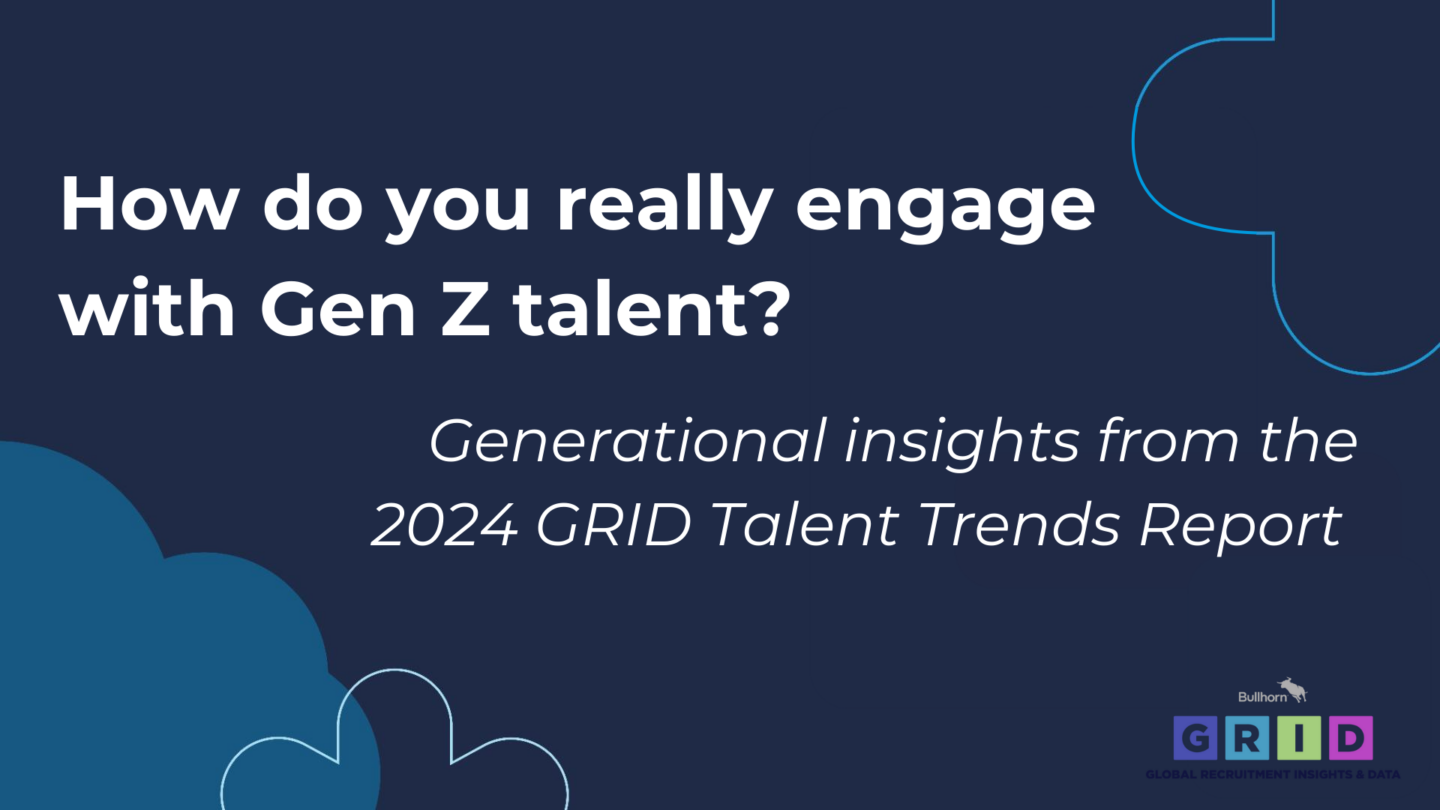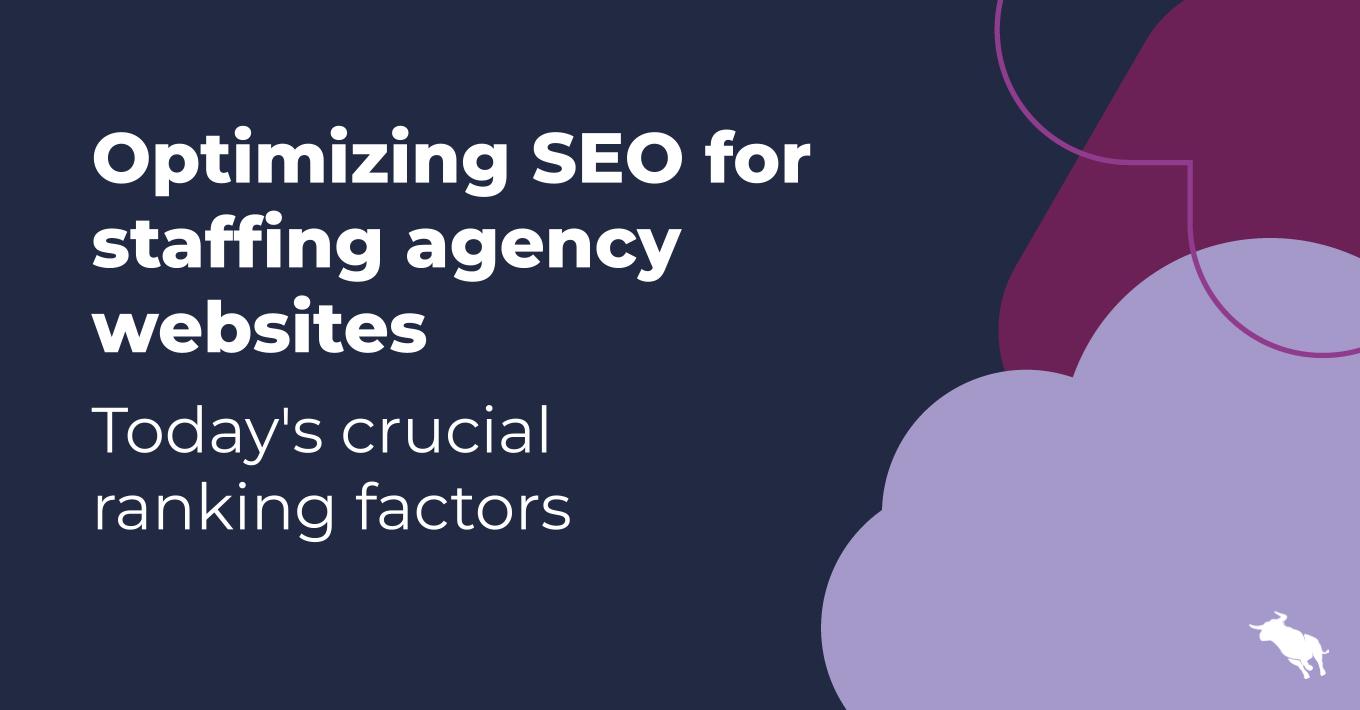If Robots Hold the Keys to New Talent Pools, What Will Recruiters Do?
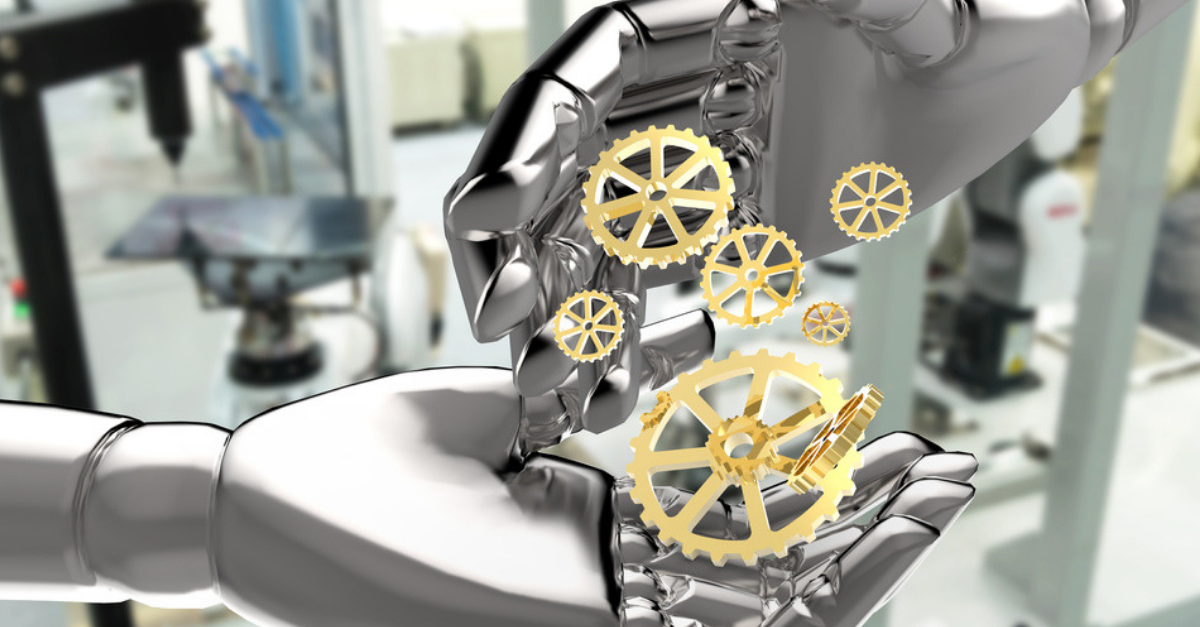
This article explores the impact of automation on the future of work, the staffing industry, and how it’s helping recruiters to access new talent pools amidst a skilled talent shortage. It originally appeared on www.recruitingdaily.com.
The short answer: they’ll embrace them.
The world of work is changing. Technology is proliferating, leaving many skills and jobs in its wake. Demand for new labor models is on the rise. The way people search for work, the types of jobs they’re willing to take, and the companies they want to work for continue to evolve. Unemployment is at an all-time low. People are quitting jobs at record rates. Skilled talent is scarce. And the globalization of business, coupled with technology advancements, means job candidates have more opportunities than ever to find work, regardless of their location.
Giovanni Ambrosini, National IT Solutions Manager and Former Acting CIO, The Adecco Group, says there are “six big global megatrends affecting the overall recruitment business landscape: geopolitical; automation and robotics; talent scarcity; reskilling; the gig economy (the move to a much more freelance employment space); and Big Data.”
The new world of work inextricably involves new technologies, and while candidates may love many of them, recruiters may not. But global staffing industry leaders and experts know digital transformation —the integration of technology into all areas of a business for the purposes of improving operations and how companies deliver value to customers—is paramount to future success. And they agree: recruiters must embrace technologies that automate the recruitment lifecycle if they want to gain access to new talent pools and remain a viable option for clients in an increasingly competitive industry.
How Is Work Changing?
Global unemployment is stabilizing, according to the International Labour Organization, and evidence of this is seen in many developed nations across the world—some of which are experiencing historically low unemployment rates.
Take some of these countries, for example. For the first time ever, there are more job openings than unemployed people in the United States, according to the Bureau of Labor Statistics. In the United Kingdom, unemployment is at its lowest rate since December 1974, according to the Office of National Statistics. Germany’s jobless rate is at its lowest level since it’s 1990 reunification, according to the Federal Labour Office. Unemployment in the Netherlands is nearing a low not seen since the start of the 2008 economic crisis, according to Statistics Netherlands. And Australia’s unemployment rate is the lowest it’s been in five years, according to the Australian Bureau of Statistics.
What’s more, there’s an acute shortage of skilled labor across industries, which is having a profound effect on employers and recruiters. “Looming shortages of qualified workers could prove detrimental to business expansion plans in coming months,” says Dante DeAntonio, an economist with Moody’s Analytics.
It’s a job seeker’s market and candidates have options, as evidenced by skyrocketing quit rates.
“Workers are choosing to leave their jobs at the fastest rate since the internet boom 17 years ago and getting rewarded for it with bigger paychecks and/or more satisfying work,” according to the Wall Street Journal. “Almost one in seven of the nation’s 6.1 million jobless Americans in May were voluntarily unemployed, having left a previous position to look for another, the highest share of voluntary unemployment in more than 17 years… The recent uptick in quitting suggests the economy is running hotter, though it doesn’t necessarily reverse the long-running trends leading to less churn.”
With unemployment reaching all-time lows and with more people than ever willing to make moves in the job market, recruiters have to become exceptionally creative in reaching and engaging with candidates. To do that, they must understand what candidates want, including how they prefer to engage, and embrace technology’s help if they’re going to succeed in creating access to robust talent pools that’ll ultimately help them fulfill client needs.
One such audience recruiters must be in tune with: Millennials. Millennials (individuals born between 1980-1996) make up the largest generation in the workforce, according to the Pew Research Center. The way these individuals look for jobs, the way they want to engage, and the way they want to work have been influenced tremendously by their experiences growing up with technology.
But it’s not just Millennials shaping the future of work. Baby Boomers (individuals born between 1946-1964) are adapting to different working models, as well, as they consider what type of work they’ll do during retirement—whether they’re thinking about transitioning from one way of working to another or reentering the workforce altogether.
Along with how generational preferences about work have evolved, advancements in technology have paved the way for the rise of new labor models such as the gig economy—a labor market that’s comprised of short-term contracts or freelance work rather than full-time, permanent jobs.
According to Deloitte Insights, the shifting nature of work and the new realities it poses are technology-based. “The future of work points at the opportunity to evolve our workforces and workplaces. It’s about people—the way they work, what they work, and where they work—and how technology is enabling this change,” finds Deloitte Insights.
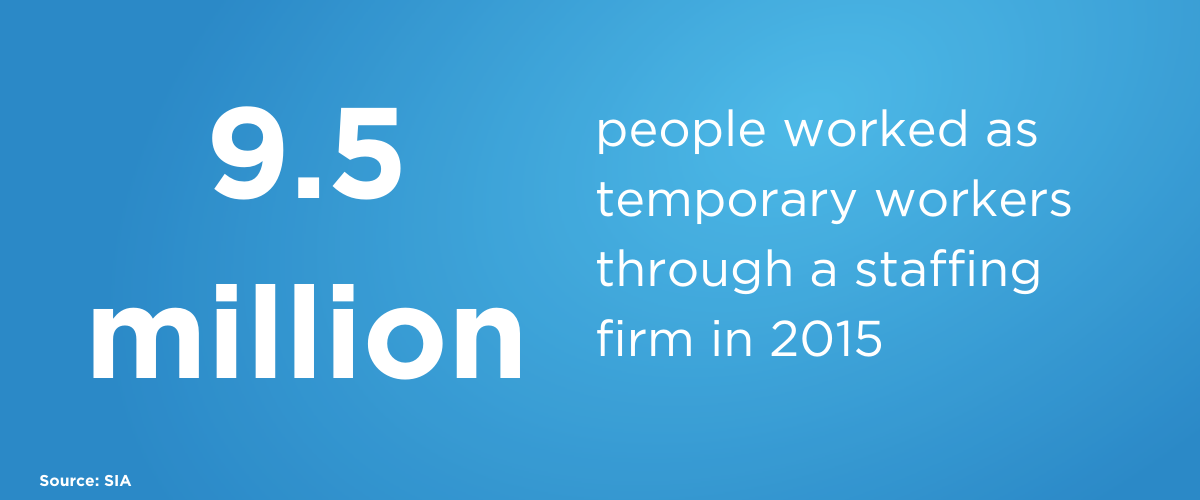
Barry Asin, President, Staffing Industry Analysts, says, “Significantly more people work as independent contractors and human cloud workers than work through a staffing agency. We estimate that about 9.5 million people worked as temporary workers through a staffing firm in 2015, while over 23 million worked as independent contractors and another 9.7 million worked through a human cloud platform. The reality is, while most people prefer a traditional 40-hour ‘permanent’ job, a significant minority, 37 percent by our research, prefer an alternate way of working, either part-time, temporary, or other flexible forms. That’s a lot of people in a workforce that already has significant skill shortages and it can’t be ignored.”
Stephan Howeg, Chief Marketing and Communications Officer, The Adecco Group, adds, “Of course, the opportunities provided by digital sustainability go much further. For workers, there’s now real potential to work from anywhere and at any time. Talented individuals no longer need to restrict themselves to a local or even regional market, but can compete globally.”
As technology proliferates, so too will the demand for new roles and labor models. Many job seekers find themselves in a position where learning new skills is crucial to their future livelihoods as automation and other technological advances render many of their skills and jobs as obsolete.
Will the Robots Replace the Jobs?
Some, but not all of them.
Artificial intelligence (AI) and automation are the foundations of some of the biggest digitally transformative technologies shaping the future of work, and they’re having a profound effect on how companies operate and how staffing firms find and place qualified talent.
Yet the two are often misunderstood.
Vinda Souza, Vice President, Marketing Communications, Bullhorn, says, “Automation is about better managing or eliminating repetitive processes. It’s a question of resource allocation. Artificial intelligence is leveraging things like bots, intelligent assistants, natural language processing (NLP), machine learning, and predictive analytics to inform business decisions. It’s transformative and future-shaping.”
Overall, artificial intelligence is expected to be “a net job creator, introducing 2.3 million jobs while eliminating 1.8 million,” according to research by Gartner.
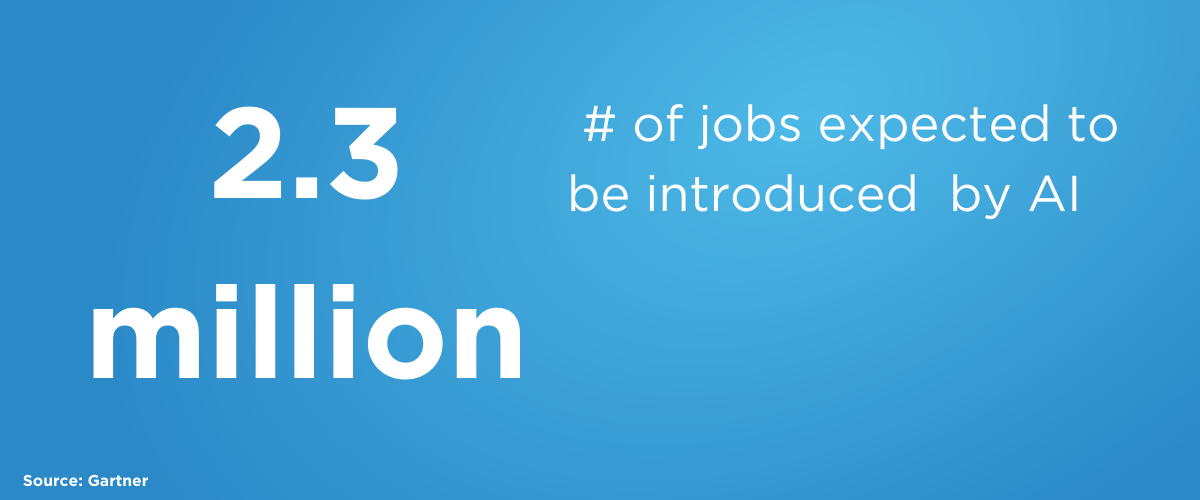
Nevertheless, fears abound.
McKinsey Global Institute reports that by 2030, “as many as 375 million workers—or roughly 14 percent of the global workforce—may need to switch occupational categories as digitization, automation, and advances in artificial intelligence disrupt the world of work. The kinds of skills companies require will shift, with profound implications for the career paths individuals will need to pursue.”
People fear automation will leave them jobless.
“Yes, many jobs are going to be reconfigured or restructured, but every time there’s been an industrial revolution, new jobs have been formed,” says John Healy, Vice President and Managing Director, Global Talent Supply Chain, Kelly Services.
Remember Rosie the Riveter? Federico Vione, CEO of Adecco General Staffing and Pontoon, North America, UK, and Ireland, shared, “The University of Phoenix recently presented an ad… highlighting a modern ‘Rosie the Riveter’ living through the pain of losing her job to automation. How does Rosie overcome this? Through education, of course. Particularly by developing a new skill set and applying it to an industry which had not yet been affected by automation.”
The changing nature of jobs means many people will need to be reskilled or upskilled to be competitive in the job markets of today and tomorrow.
“The task confronting every economy, particularly advanced economies, will likely be to retrain and redeploy tens of millions of mid-career, middle-age workers,” according to the McKinsey Global Institute. But that’s no easy task. “There are few precedents in which societies have successfully retrained such large numbers of people.”
Despite the massive challenge it presents, employers know reskilling workers is a critical business imperative.
According to McKinsey, “executives increasingly see investing in retraining and ‘upskilling’ existing workers as an urgent business priority—and they also believe that this is an issue where corporations, not governments, must take the lead. Among this group, 66 percent see ‘addressing potential skills gaps related to automation/digitization’ within their workforces as at least a ‘top-ten priority.’ Nearly 30 percent put it in the top five. The driver behind this sense of urgency is the accelerating pace of enterprise-wide transformation.”
Yet McKinsey finds “only 16 percent of private-sector business leaders in this group feel ‘very prepared’ to address potential skills gaps, with roughly twice as many feeling either ‘somewhat unprepared’ or ‘very unprepared.’”
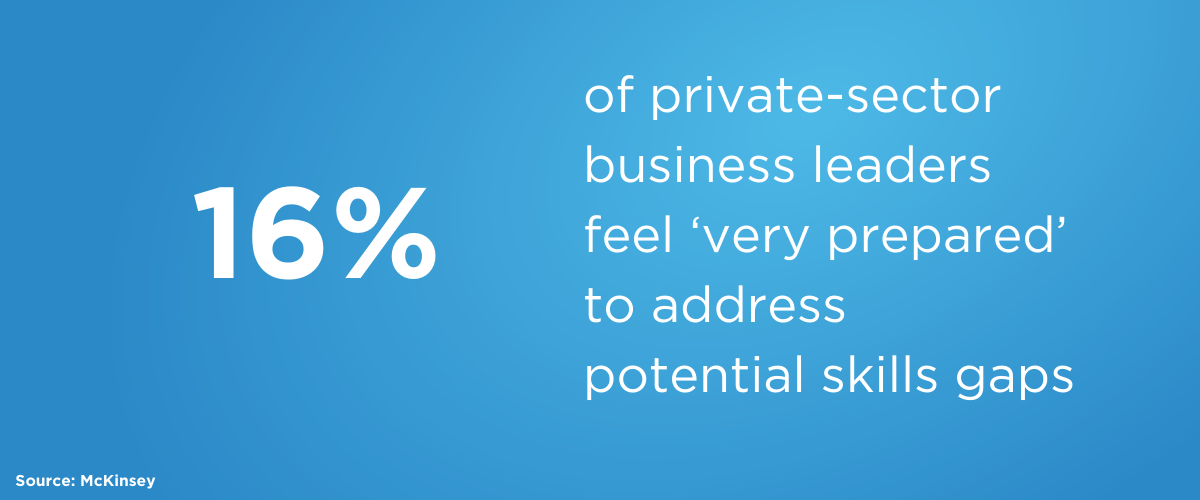
At the same time, employers know they must pay attention to changing labor models. But many don’t seem to be in a rush to adapt to them.
Barry Asin, President, Staffing Industry Analysts, says, “Our research shows that companies predict they’ll be more strategic in their use of contingent labor over the next two years. But I’ve been watching these trends for a while and it always seems that a more strategic view is two years into the future… the timeframe keeps shifting because it’s easier said than done. One reason is that particularly in large organizations, we see functional silos. For example, the people that manage non-employee work and contingent labor are often not the same people who are doing the college recruiting and perm hiring, making it much harder to have a coherent strategy around all the types of workers in a business.”
The question for executives then becomes, according to McKinsey, “How can I map the future against my current talent pool and processes? What part of future employment demand can I meet by retraining existing workers, and what is the ROI of doing so, versus simply hiring new ones? How best can I tap into what are, for me, nontraditional talent pools? What partners, either in the private, public, or nongovernmental-organization (NGO) sectors, might help me succeed—and what are our respective roles?”
Despite Fear, Opportunity Abounds
Staffing firms are prime partners for employers in their quest to reskill workers and adapt to new labor models.
“As automation increases, the sell will be more consultative than transactional, focusing on how to solve bigger problems rather than just making core processes more efficient,” says Barry Asin, President, Staffing Industry Analysts.
But while opportunity abounds, fears about automation are felt by recruiters, too.
Many recruiters worry automation will lead to an over-reliance on technology in lieu of a human-centered approach and fear their jobs will be replaced by robots. But automation in the staffing industry isn’t intended to replace humans. It’s intended to complement them and allow them to focus on higher-value tasks, like building relationships, instead of using their time on repetitive administrative tasks that automation can easily solve.
Matt Fischer, President and CTO, Bullhorn, says, “The skills of effectively building relationships through meaningful conversations and understanding the needs of clients and candidates will continuously be paramount for success. In fact, automation will actually help advance the human workforce by removing lower-level tasks such as cutting and pasting job requirements into databases and mining job boards—responsibilities that can easily be solved by technology and automation.”
Vinda Souza, Vice President, Marketing Communications, Bullhorn, adds, “There are numerous automation capabilities that firms can take advantage of right now, including tools that can assist with scheduling interviews or suggest follow-up relationship-building steps based on templatized processes. The benefits of eliminating low-value tasks are undoubtedly positive; staffing and recruiting professionals are always looking for ways to work smarter and faster than their competition. By eliminating ‘grunt work,’ recruiters can focus on executing tasks that require a human touch, such as engaging with candidates and clients, building trust, and creating rapport.”
Despite some fears, many firms are eager to automate.
“As we automate things like payroll and prescreening, it frees up our recruiters to spend more one-on-one time with the candidate and to do deeper customer service. This would give people the freedom to have strategic conversations, to help customers craft business plans. We can talk less about the tactical stuff, the hard skills, and instead talk at a much more strategic level,” says Amy Glaser, Senior Vice President of Onsites, Adecco.
Kelly van Aken, Director of Experience and Technology Solutions, Aerotek, adds, “The best part is that we can leverage automation to handle routine tasks and free up our internal employees to do what they do best—build relationships and focus on helping our contract employees advance their careers.”
Kyle Tothill, Managing Director and Partner, eHire, believes automation will greatly benefit recruiters, as well. “I envision a world where a recruiter comes into work in the morning and they received 50 candidates for a job overnight, and they already have 10 phone calls scheduled because automation has identified the 10 most-skilled candidates. We, as recruiting professionals, have a huge opportunity to become more efficient and productive. We need to take advantage of it.”
How Will Robots Grant Recruiters Access to New Talent Pools?
Automation can be a huge boon to a recruiter’s efforts to find, engage, redeploy, and nurture skilled candidates.
“There’s an opportunity for staffing firms to act more like cloud players, and to promote their ability to access a primarily online self-service talent pool in addition to those they find and manage through traditional channels,” says Barry Asin, President, Staffing Industry Analysts.
The first place recruiters should start when looking for qualified candidates is your own database. Technologies, such as chatbots and background check tools that automate common recruiting processes and integrate with your applicant tracking system (ATS), can help to ensure candidates are properly sourced, screened, and vetted. Then, when recruiters need to fill jobs, they can easily access a larger pool of qualified talent within their own database.
“Candidate experience and talent identification is a component of our strategy going forward. Chatbots can [help] our business source, identify, and match talent quickly. We’re looking to further leverage chatbots to improve experiences of potential candidates and enable them to meet a consultant as quickly as possible. This will be more profound with our large events when we’re required to source several thousand potential candidates,” says Giovanni Ambrosini, National IT Solutions Manager and Former Acting CIO, The Adecco Group.
Vinda Souza, Vice President, Marketing Communications, Bullhorn, adds, “Automation components that rely on decision trees, such as the vast majority of chatbots, can actually deepen candidate engagement by offering swift responses to candidates’ inquiries—no matter the time of day. Using automation, and eventually artificial intelligence, to create better candidate engagement means communicating to candidates at the times that are most convenient to them. In the end, that creates an incredible candidate experience that will keep candidates returning for their next opportunity.”
Recruiters can also use automated technologies, such as skills assessments and online learning tools, in candidate screening processes as well as efforts to reskill workers. When such technologies integrate into your ATS, candidates who’ve successfully passed such assessments and mastered specific skills can boost your qualified talent pool.
Technologies that automate ongoing communication with candidates, such as email and marketing automation software, can take the guesswork out of how to best nurture candidates who currently may not be looking for assignments (passive candidates) or who may be coming up for redeployment in the near future. By automating the process of communicating with these candidates, recruiters can build stronger relationships and augment their pool of engaged, qualified candidates to consider for future job openings.
“There’s a major opportunity in regards to how you leverage your existing database and how you improve the experience with your current candidate pool and your engagement with your clients,” says The Adecco Group’s Giovanni Ambrosini.
Modern technology has also influenced candidates’ preferences on how they search for jobs and how they want to communicate with recruiters. Many people today use mobile devices as part of their job search and prefer texting as a primary communication method. Technologies that automate such communications, like SMS (text) messaging, enable staffing firms to stay on the forefront with candidates and communicate with an expanded audience—those who may not have access to email, for example.
Asin says, “It’s hard to stay out in front of technology trends, so more firms are going to be better off renting or buying technology to open up virtual connections with candidates and clients. You just have to look at the fact that teenagers don’t talk on the phone anymore to understand that’s the way things are going, and the pace is only going to accelerate.”
Ambrosini adds, “We’re starting to change the way we interact with people. How we engage. What forms of medium we use. But we’re also being mindful that our demographic continues to evolve, and our engagement approach needs to offer choice.”
Automation can also help to identify skilled candidates who may have special circumstances and provide a more inclusive recruiting effort, enabling recruiters to tap into candidate pools that may not traditionally match a client’s requirements.
“Technology has also boosted the scope for inclusion. People who need flexible arrangements, such as parents, have much greater opportunity to participate. The same applies to people with disabilities or remote workers,” says Stephan Howeg, Chief Marketing and Communications Officer, The Adecco Group.
What Will Drive Success?
Staffing firms must embrace automation and new technologies if they want to remain a relevant resource for clients.
Matt Fischer, President and CTO, Bullhorn, says, “The focus should be on using products and solutions with open platforms that allow for full customization through application programming interfaces (APIs) and large ecosystems. By buying into a platform that enables innovation and automation, firms can gradually integrate automation capabilities that will help increase their efficiency and drive further engagement.”
Adopting new technologies, though, goes well beyond simply implementing software. Firms must train their employees and evolve their cultures to ones that no longer fear the robots, but rather view them as an extension of their internal workforce.
The consequences of not getting on board with automation could be dire for many firms.
Art Papas, Founder and CEO, Bullhorn, says, “Firms need to start preparing their stakeholders that this [automation] could be coming, and could be really critical—existential—to their business. If you aren’t prepared to get in gear… you really could be at an extreme disadvantage, and potentially risk disruption as a business. If automation does become disruptive in the space, disruption is messy business, and businesses do get turned over. Look at Blockbuster. It’s a business that thought it had plenty of time to figure out the internet and didn’t.”
Kyle Tothill, Managing Director and Partner, eHire, adds, “This [automation] is a disruptive force. We’re going to have disruptive capital. And the organizations that aren’t able to adopt automation will perish. They won’t be able to keep pace with their competition.”
So, which firms will win? Those that can find and place skilled candidates the fastest. And automation will help recruiters tap into new pools of talent, enabling them to work more effectively at both at speed and scale.
Fischer says, “For the firms that will be able to get ahead of their competition, automation will help them grow their businesses by breaking one of the traditional agency-growth models of increasing business by adding headcount.”
Adds Tothill, “The real winners are going to quickly embrace automation by adapting their business strategies so they can understand the real power behind the data that automation will illuminate. If those firms can do so, they’ll be the ones that will achieve greater effectiveness and will create more desirable candidate and customer experiences.”
Simultaneously, employers must take on efforts to reskill workers while becoming more strategic in their use of contingent labor and adapting to new labor models. They must also create the culture, infrastructure, and internal processes that support these changes in order to future-proof their businesses as the way the world works continues to evolve.
Barry Asin, President, Staffing Industry Analysts, says, “We’re starting to see a coming together of the management of all the varieties of talent that organizations need, including traditional full-time employees, temporary workers, independent contractors, consultants, gig workers and other non-employee labor, and a recognition of the need for more systematic management. We refer to the acquisition of all these forms of labor as Total Talent Acquisition.”
Finally, candidates can’t afford to become complacent. While it’s currently a candidate-driven market and candidates have more options than ever before, companies, too, have the ability to source talent globally—meaning they can access the best of the best candidates, not just those who may stand out in a local job market.
Given how the world of work is changing, candidates must be open to new ways of working and they must also seek out or be willing to take on opportunities to learn new skills. They’ll also need to demonstrate efforts to continuously learn new skills since the evolution of how the world works shows no signs of slowing.
Staffing firms are uniquely positioned to assist both employers and candidates in these efforts. But to position themselves as trusted partners of the future, firms must embrace automation and new technologies across all aspects of their organization if they want to gain access to new talent pools and ensure their business evolves as the world of work does, too.
Want to read more about the topics that matter most to staffing professionals? Subscribe to the Bullhorn Blog for news, tips, interviews, trends and more.



